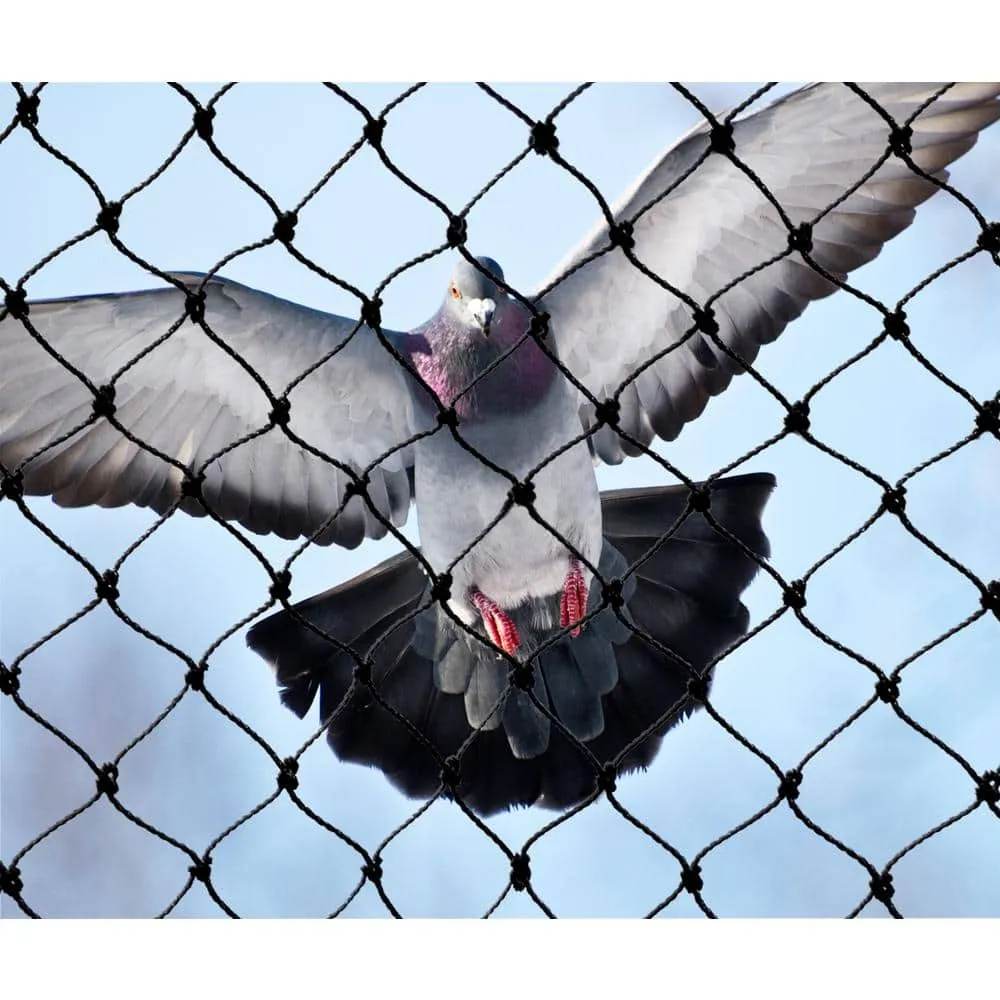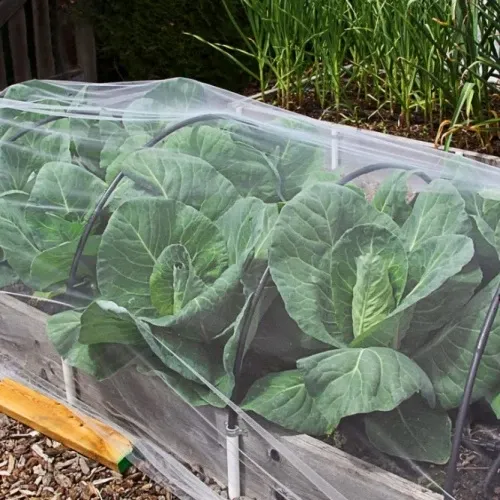-
 Afrikaans
Afrikaans -
 Albanian
Albanian -
 Amharic
Amharic -
 Arabic
Arabic -
 Armenian
Armenian -
 Azerbaijani
Azerbaijani -
 Basque
Basque -
 Belarusian
Belarusian -
 Bengali
Bengali -
 Bosnian
Bosnian -
 Bulgarian
Bulgarian -
 Catalan
Catalan -
 Cebuano
Cebuano -
 China
China -
 Corsican
Corsican -
 Croatian
Croatian -
 Czech
Czech -
 Danish
Danish -
 Dutch
Dutch -
 English
English -
 Esperanto
Esperanto -
 Estonian
Estonian -
 Finnish
Finnish -
 French
French -
 Frisian
Frisian -
 Galician
Galician -
 Georgian
Georgian -
 German
German -
 Greek
Greek -
 Gujarati
Gujarati -
 Haitian Creole
Haitian Creole -
 hausa
hausa -
 hawaiian
hawaiian -
 Hebrew
Hebrew -
 Hindi
Hindi -
 Miao
Miao -
 Hungarian
Hungarian -
 Icelandic
Icelandic -
 igbo
igbo -
 Indonesian
Indonesian -
 irish
irish -
 Italian
Italian -
 Japanese
Japanese -
 Javanese
Javanese -
 Kannada
Kannada -
 kazakh
kazakh -
 Khmer
Khmer -
 Rwandese
Rwandese -
 Korean
Korean -
 Kurdish
Kurdish -
 Kyrgyz
Kyrgyz -
 Lao
Lao -
 Latin
Latin -
 Latvian
Latvian -
 Lithuanian
Lithuanian -
 Luxembourgish
Luxembourgish -
 Macedonian
Macedonian -
 Malgashi
Malgashi -
 Malay
Malay -
 Malayalam
Malayalam -
 Maltese
Maltese -
 Maori
Maori -
 Marathi
Marathi -
 Mongolian
Mongolian -
 Myanmar
Myanmar -
 Nepali
Nepali -
 Norwegian
Norwegian -
 Norwegian
Norwegian -
 Occitan
Occitan -
 Pashto
Pashto -
 Persian
Persian -
 Polish
Polish -
 Portuguese
Portuguese -
 Punjabi
Punjabi -
 Romanian
Romanian -
 Russian
Russian -
 Samoan
Samoan -
 Scottish Gaelic
Scottish Gaelic -
 Serbian
Serbian -
 Sesotho
Sesotho -
 Shona
Shona -
 Sindhi
Sindhi -
 Sinhala
Sinhala -
 Slovak
Slovak -
 Slovenian
Slovenian -
 Somali
Somali -
 Spanish
Spanish -
 Sundanese
Sundanese -
 Swahili
Swahili -
 Swedish
Swedish -
 Tagalog
Tagalog -
 Tajik
Tajik -
 Tamil
Tamil -
 Tatar
Tatar -
 Telugu
Telugu -
 Thai
Thai -
 Turkish
Turkish -
 Turkmen
Turkmen -
 Ukrainian
Ukrainian -
 Urdu
Urdu -
 Uighur
Uighur -
 Uzbek
Uzbek -
 Vietnamese
Vietnamese -
 Welsh
Welsh -
 Bantu
Bantu -
 Yiddish
Yiddish -
 Yoruba
Yoruba -
 Zulu
Zulu
Jan . 09, 2025 13:50
Back to list
Agriculture Insect Netting Mesh HDPE Plastic UV Anti Insect Protection Proof Barrier Net
Agricultural insect netting stands as a pivotal innovation in sustainable farming, revolutionizing crop protection with its multifaceted utility. Farmers worldwide are progressively embracing this technology due to its astounding effectiveness in safeguarding crops against a plethora of pests while simultaneously promoting eco-friendly agriculture practices. As agricultural challenges intensify globally, insect netting provides a viable solution that aligns with modern-day agricultural needs.
Experts advocate that one of the significant advantages of insect netting is its utility in facilitating controlled pollination. By regulating pollinator access, farmers can enhance fertilization processes, improving crop yield and quality. Furthermore, while functioning as a barrier, the netting actively facilitates microclimate management by moderating humidity levels and providing shade. Such advantages underline the importance of insect netting in capitalizing on optimal growth conditions. Integrating this technology into agricultural practices demands an understanding of specific crop requirements and potential pest threats to configure the best-fitting net type and installation methodology. Consultation with agricultural experts or representatives from leading agricultural extension services can provide customized solutions tailored to individual agricultural setups. Their insights and evaluations of regional pest threats and crop compatibilities serve as an authoritative resource, ensuring the product's success. Credibility is reinforced by numerous success stories from various global agricultural landscapes, where insect netting has been instrumental. From vineyards in Italy combating invasive insects to Kenyan vegetable farms experiencing unprecedented yield increases, the proof is tangible. Academic studies and agricultural reports substantiate these testimonies, providing empirical evidence of the product's efficacy. In conclusion, agricultural insect netting is more than a protective measure; it is an essential component of a comprehensive strategy toward sustainable agriculture. By offering a potent defense against pests, promoting ecological health, and boosting economic returns, it earns its place as a trusted and respected tool within the farming community. As growers seek increasingly sustainable methods to meet global food demands, agricultural insect netting offers a proven and effective solution, carving its niche as a cornerstone of modern agronomy.


Experts advocate that one of the significant advantages of insect netting is its utility in facilitating controlled pollination. By regulating pollinator access, farmers can enhance fertilization processes, improving crop yield and quality. Furthermore, while functioning as a barrier, the netting actively facilitates microclimate management by moderating humidity levels and providing shade. Such advantages underline the importance of insect netting in capitalizing on optimal growth conditions. Integrating this technology into agricultural practices demands an understanding of specific crop requirements and potential pest threats to configure the best-fitting net type and installation methodology. Consultation with agricultural experts or representatives from leading agricultural extension services can provide customized solutions tailored to individual agricultural setups. Their insights and evaluations of regional pest threats and crop compatibilities serve as an authoritative resource, ensuring the product's success. Credibility is reinforced by numerous success stories from various global agricultural landscapes, where insect netting has been instrumental. From vineyards in Italy combating invasive insects to Kenyan vegetable farms experiencing unprecedented yield increases, the proof is tangible. Academic studies and agricultural reports substantiate these testimonies, providing empirical evidence of the product's efficacy. In conclusion, agricultural insect netting is more than a protective measure; it is an essential component of a comprehensive strategy toward sustainable agriculture. By offering a potent defense against pests, promoting ecological health, and boosting economic returns, it earns its place as a trusted and respected tool within the farming community. As growers seek increasingly sustainable methods to meet global food demands, agricultural insect netting offers a proven and effective solution, carving its niche as a cornerstone of modern agronomy.
Latest news
-
Shipping Plastic Bags for Every NeedNewsJul.24,2025
-
Safety Netting: Your Shield in ConstructionNewsJul.24,2025
-
Plastic Mesh Netting for Everyday UseNewsJul.24,2025
-
Nylon Netting for Every UseNewsJul.24,2025
-
Mesh Breeder Box for Fish TanksNewsJul.24,2025
-
Expanded Steel Mesh Offers Durable VersatilityNewsJul.24,2025











